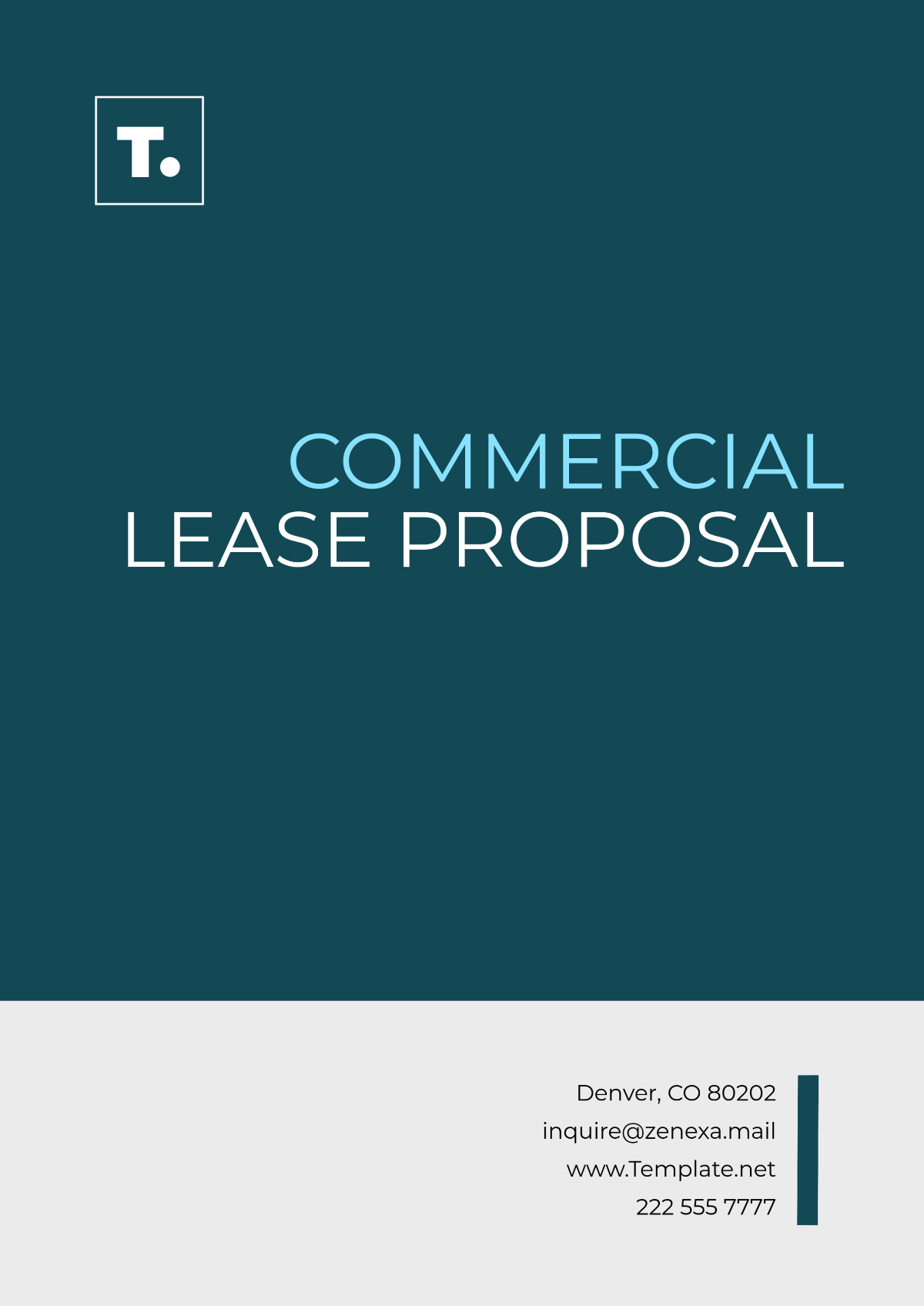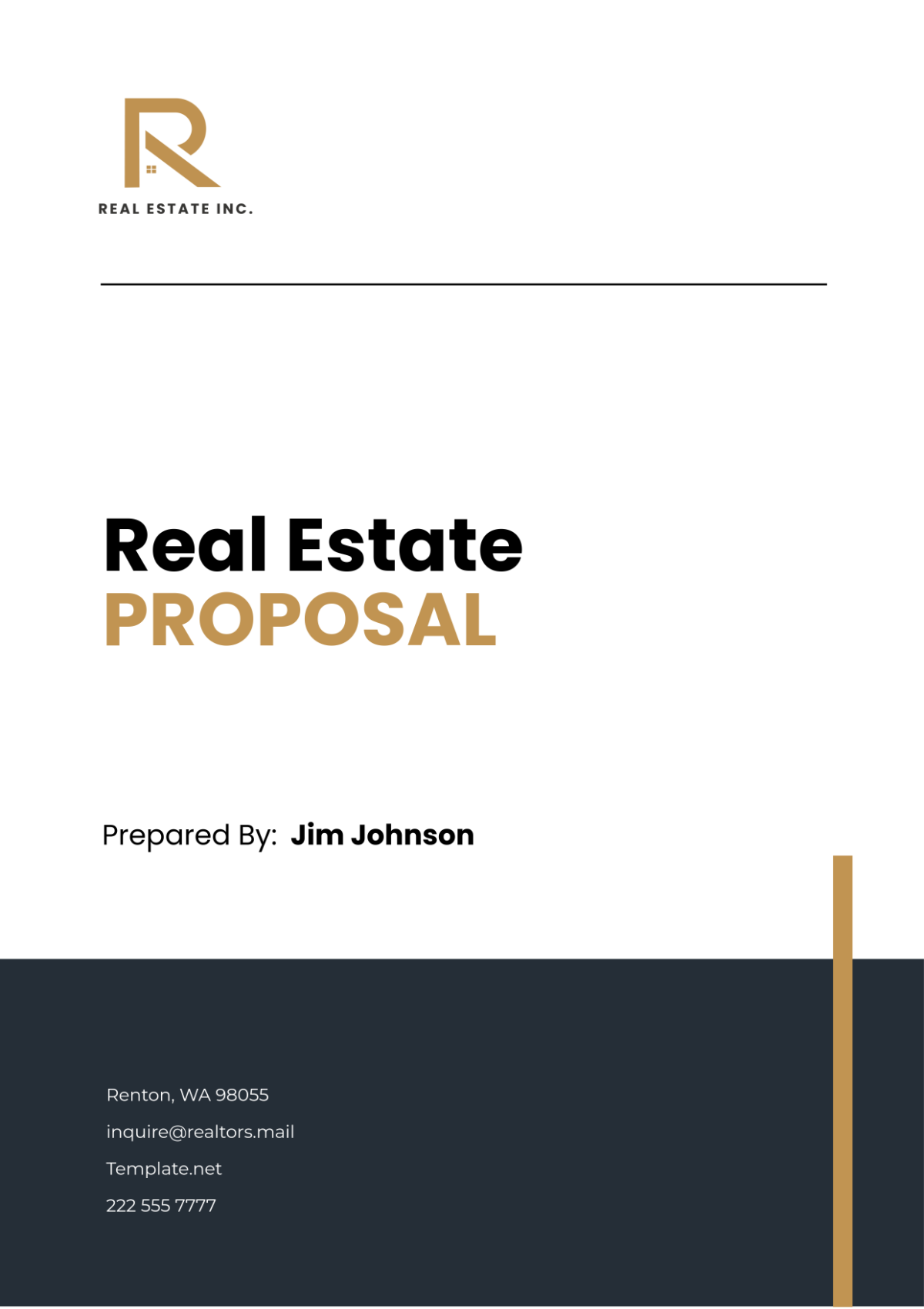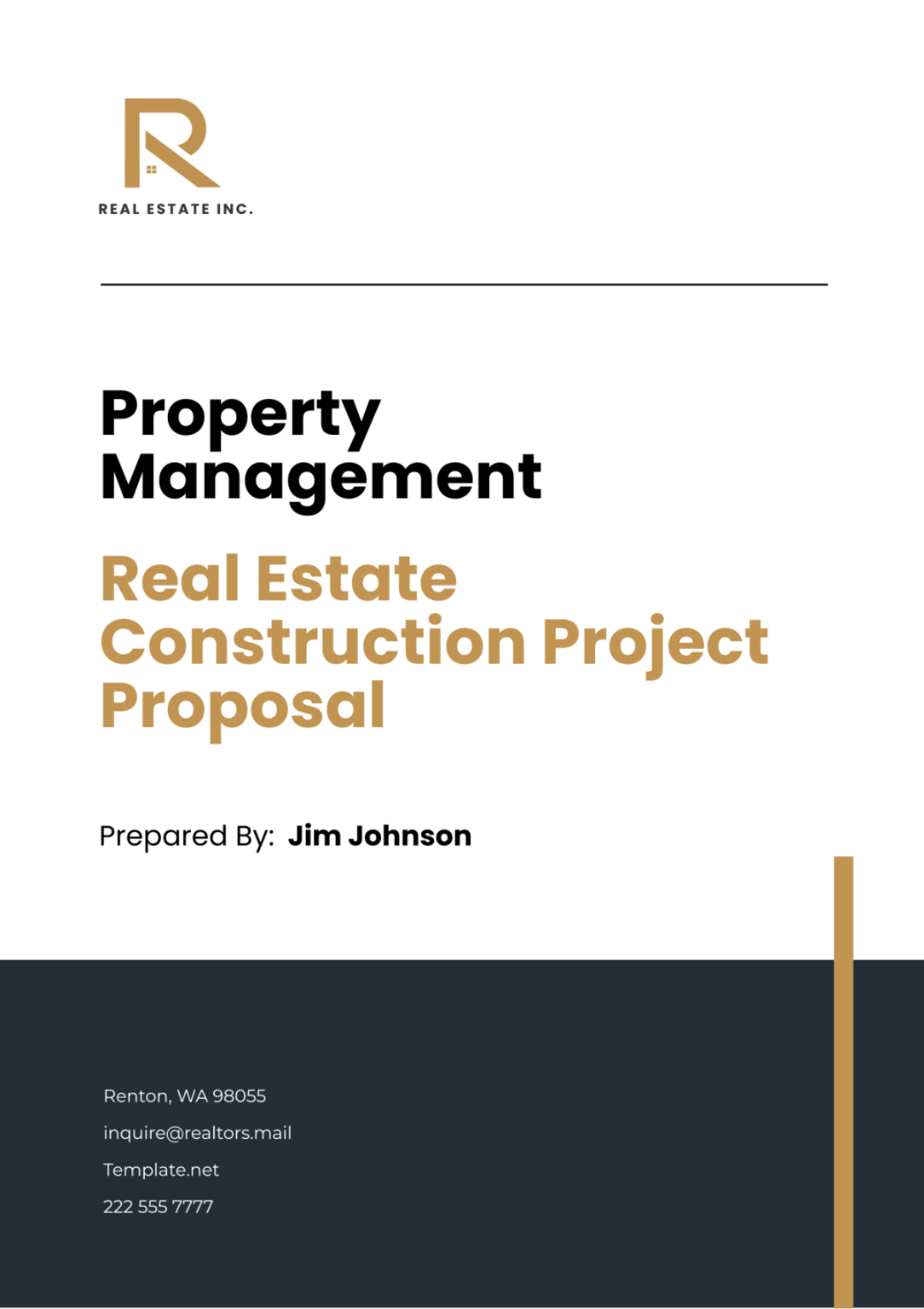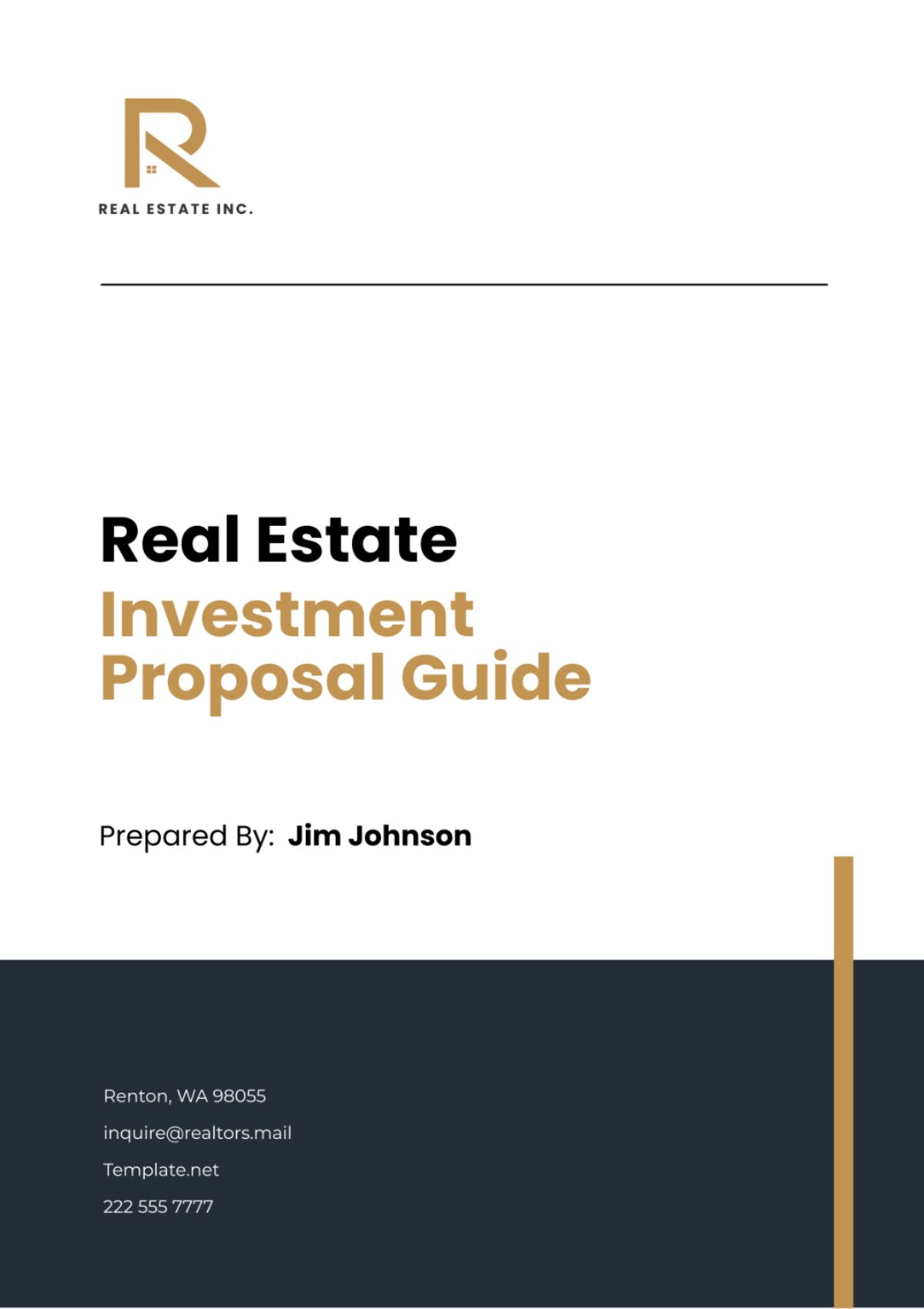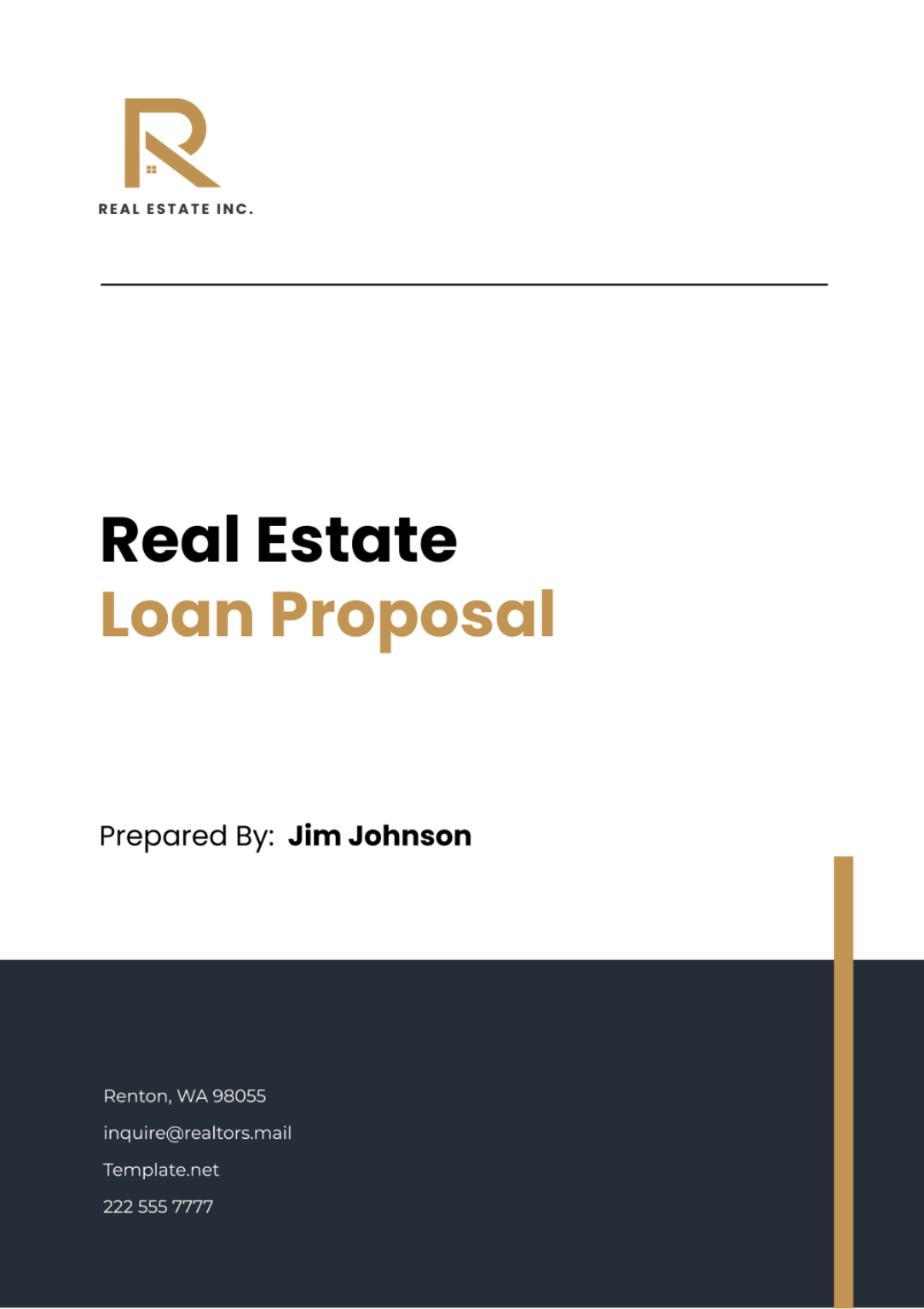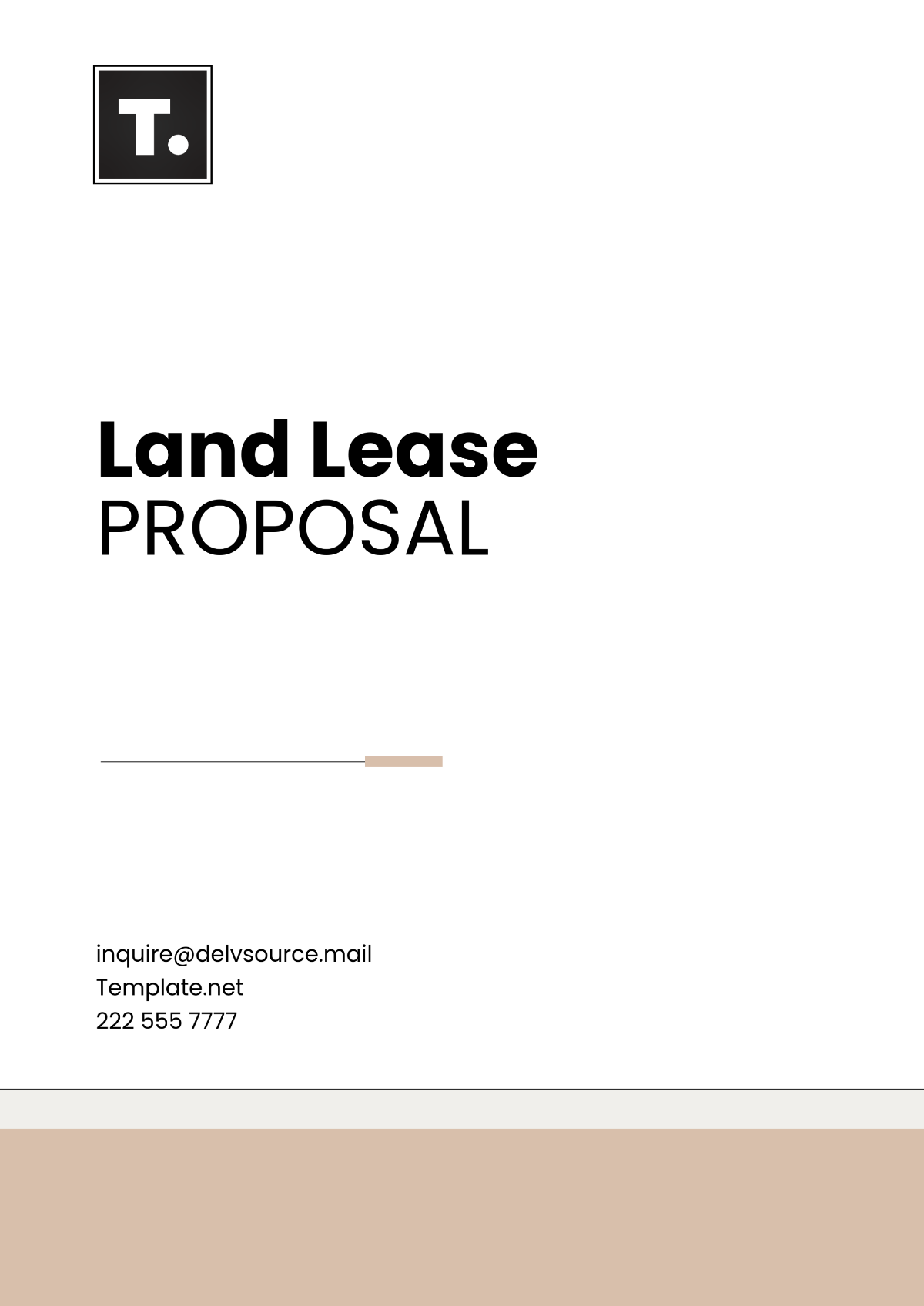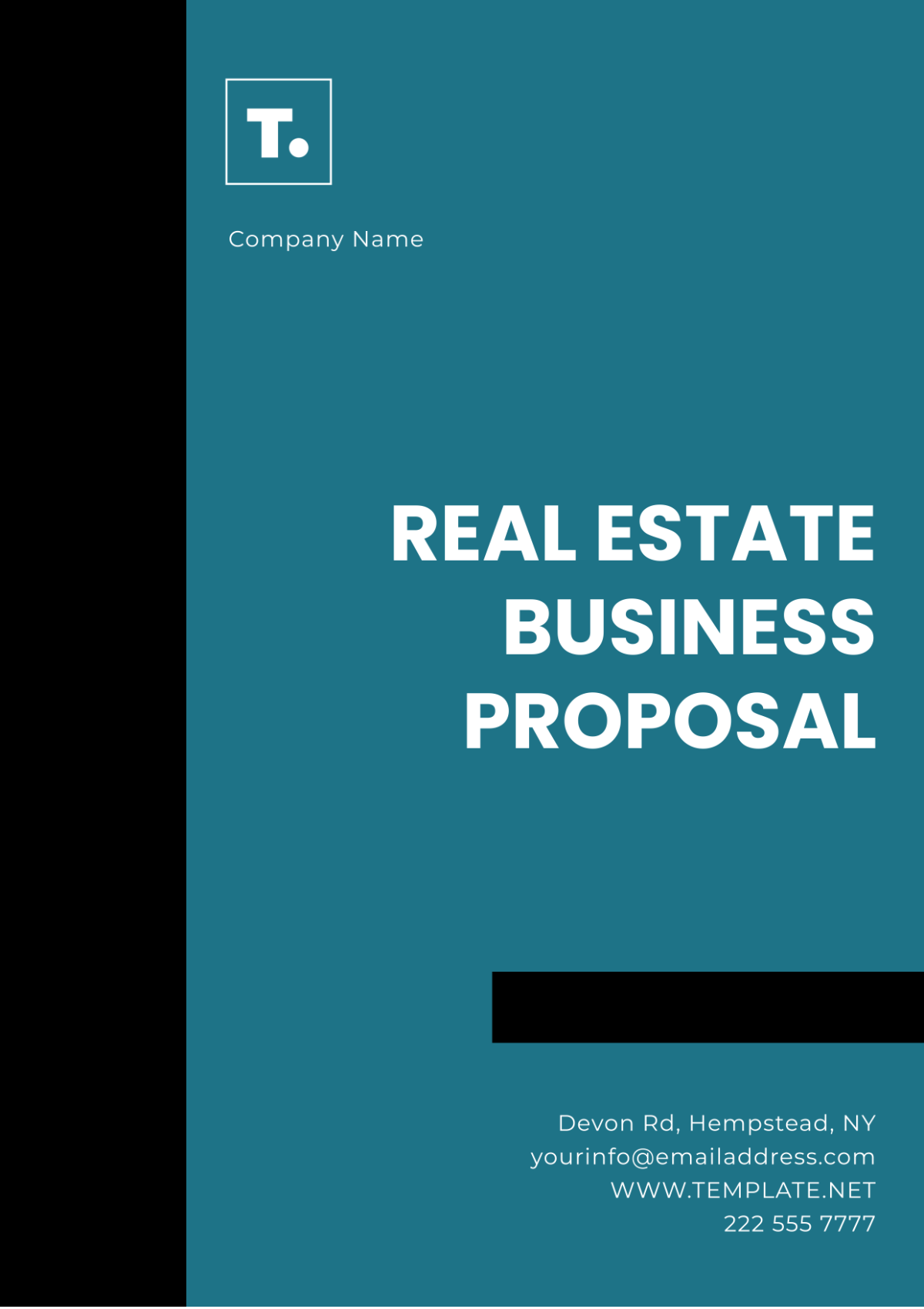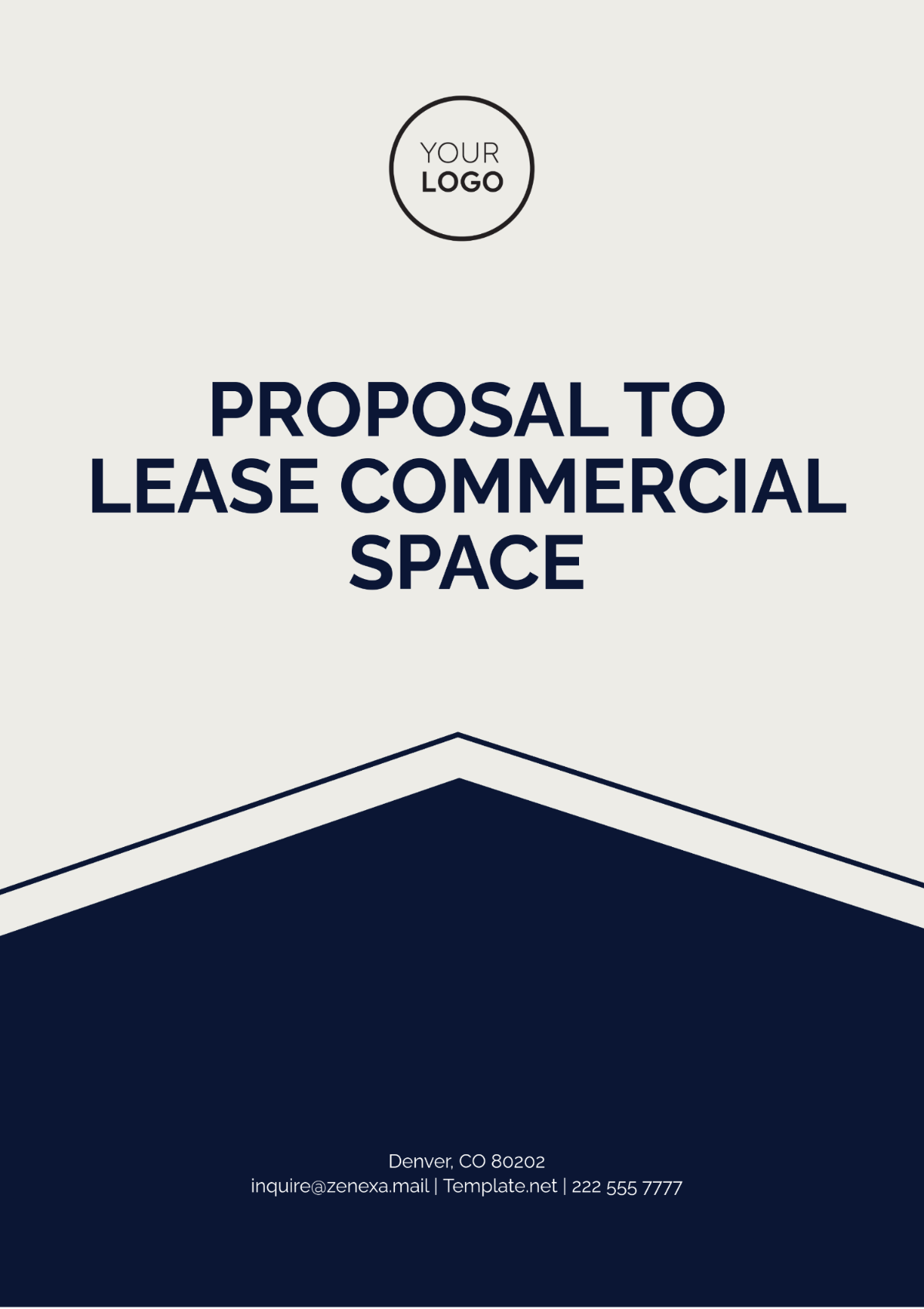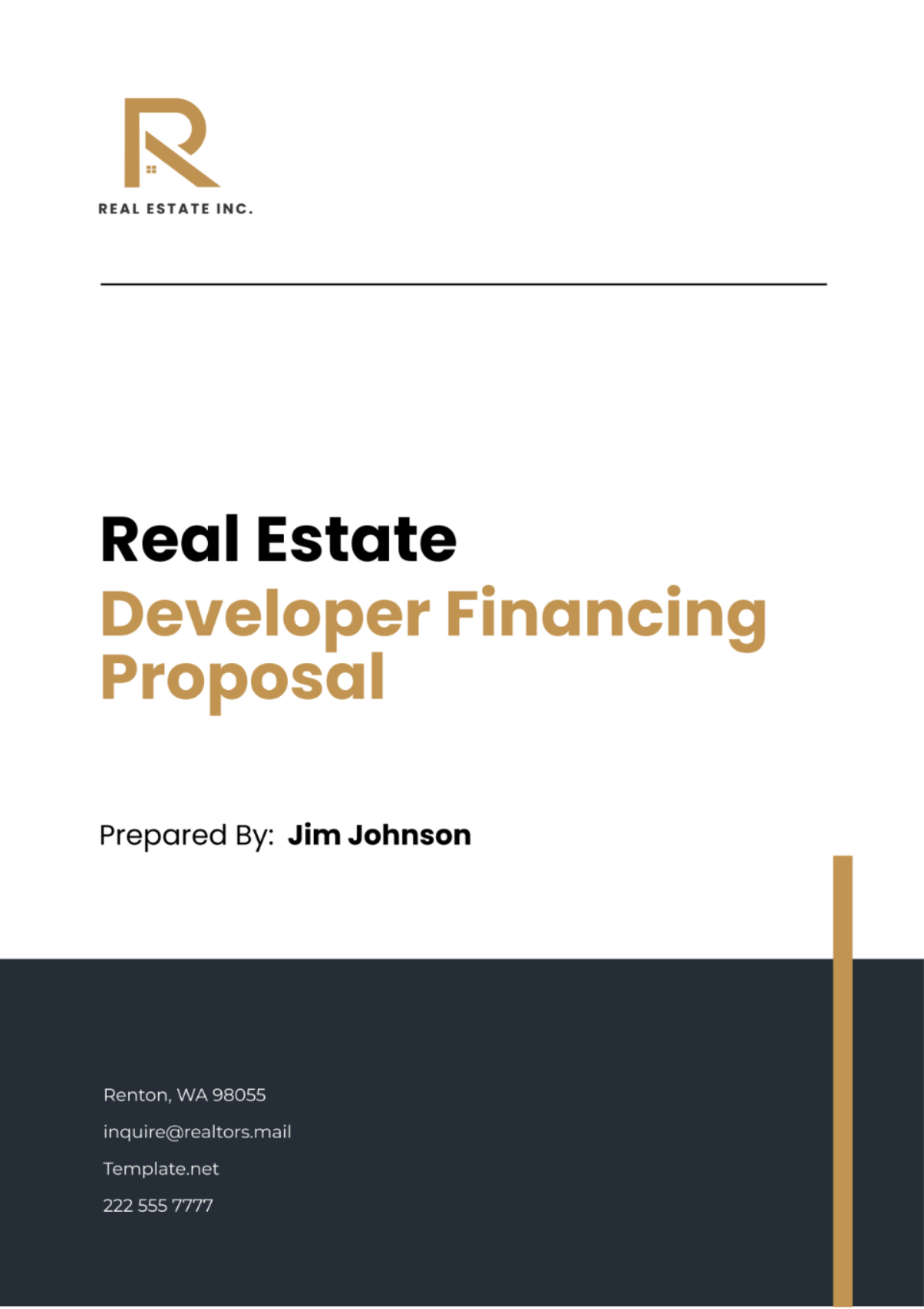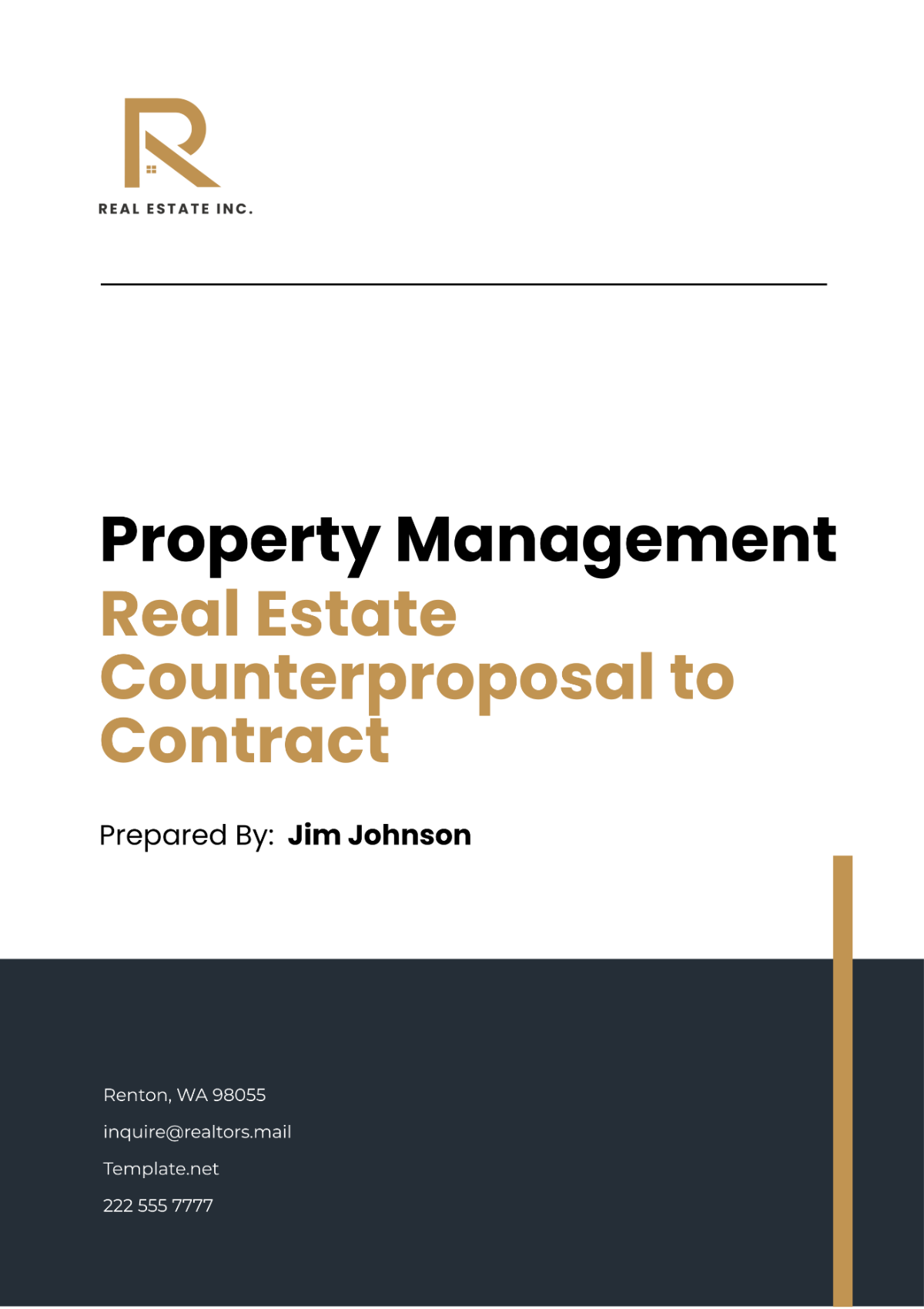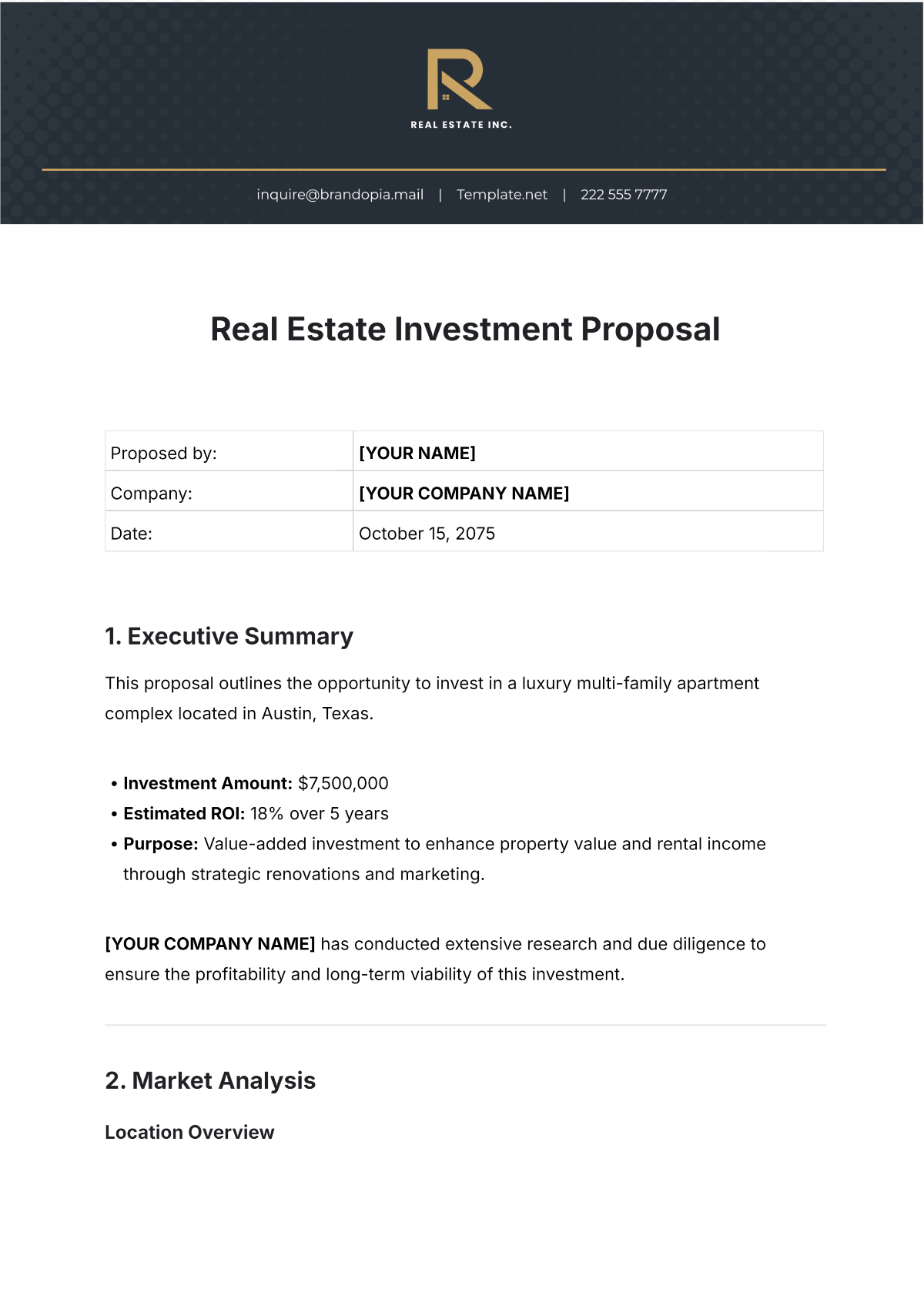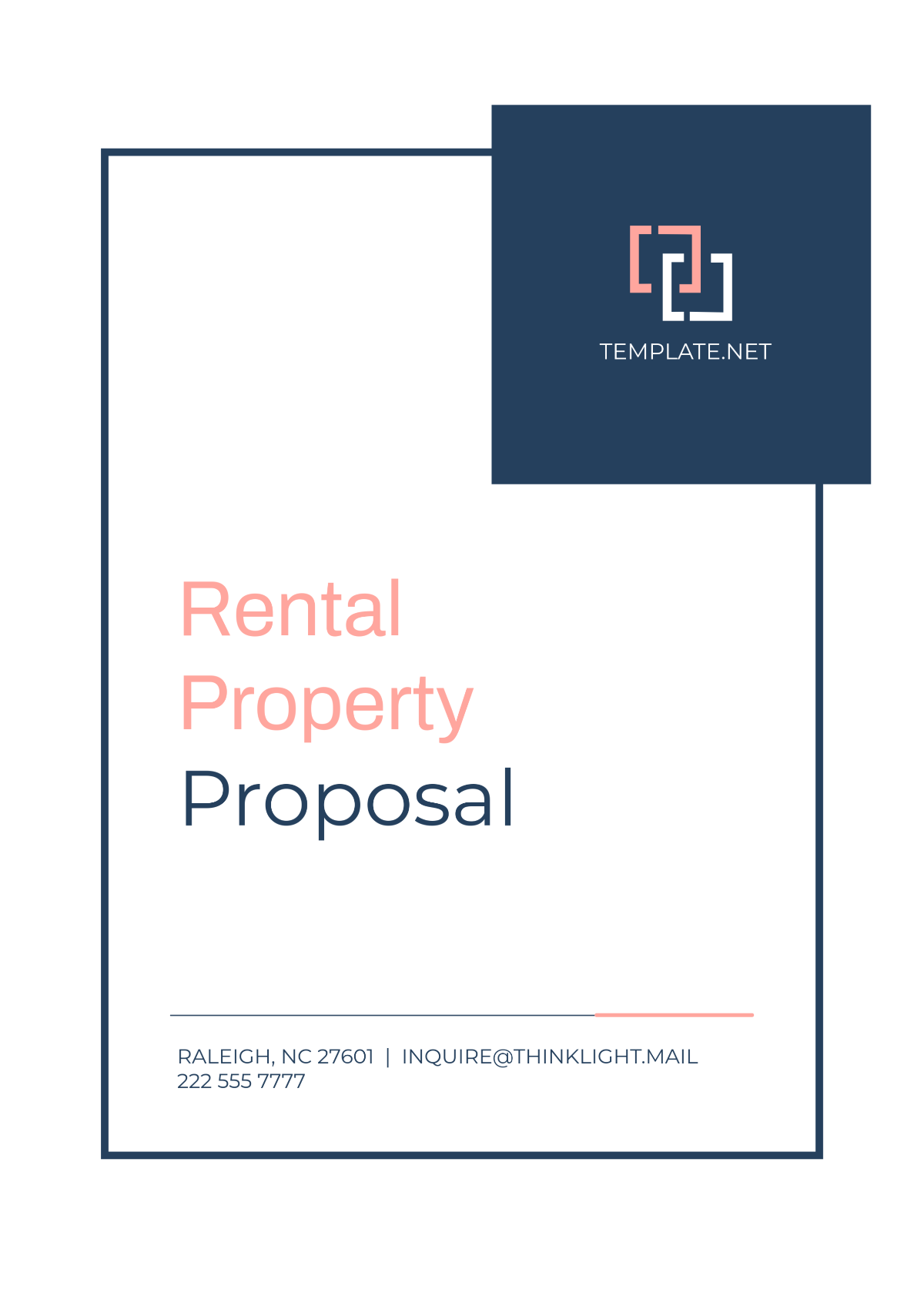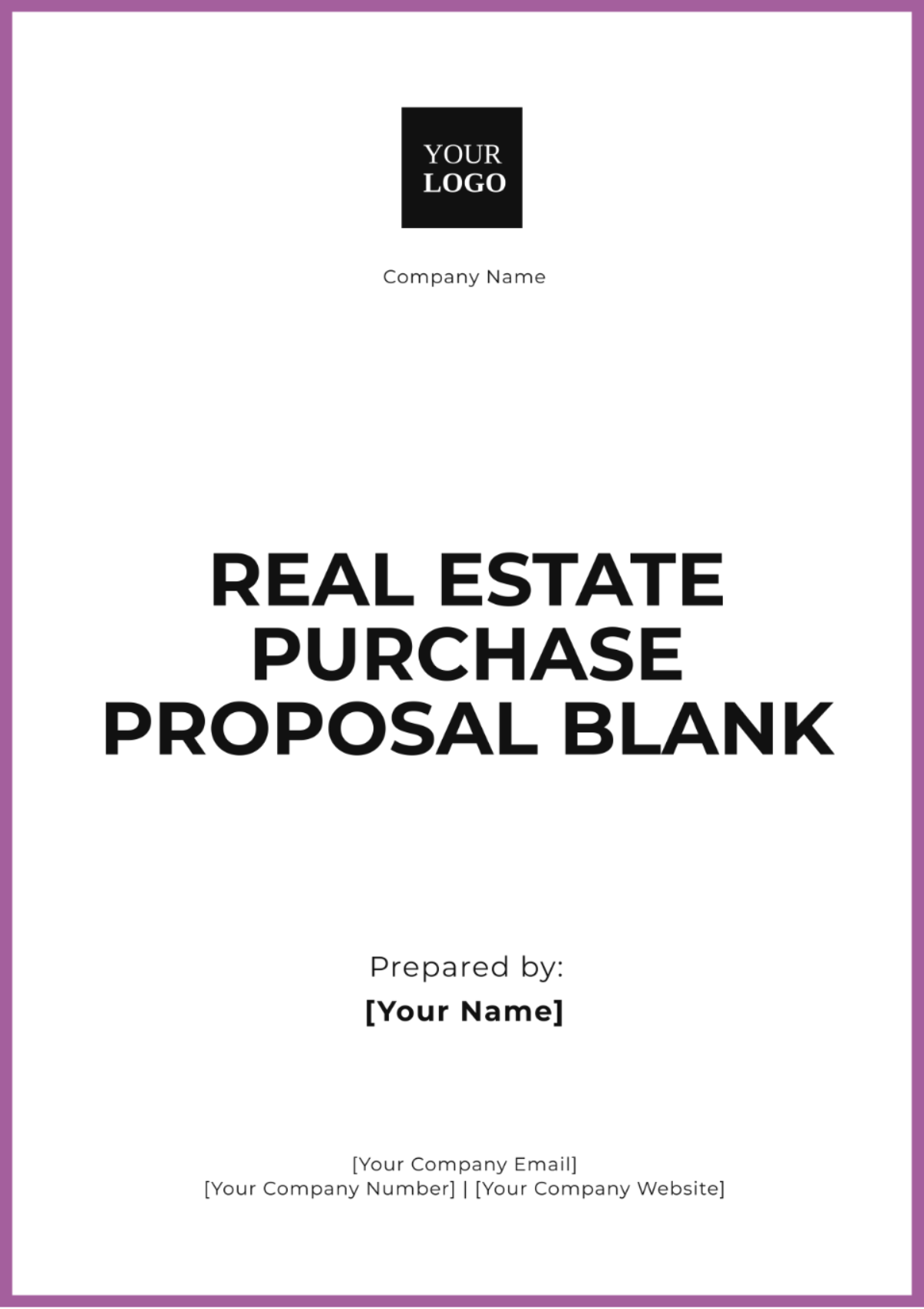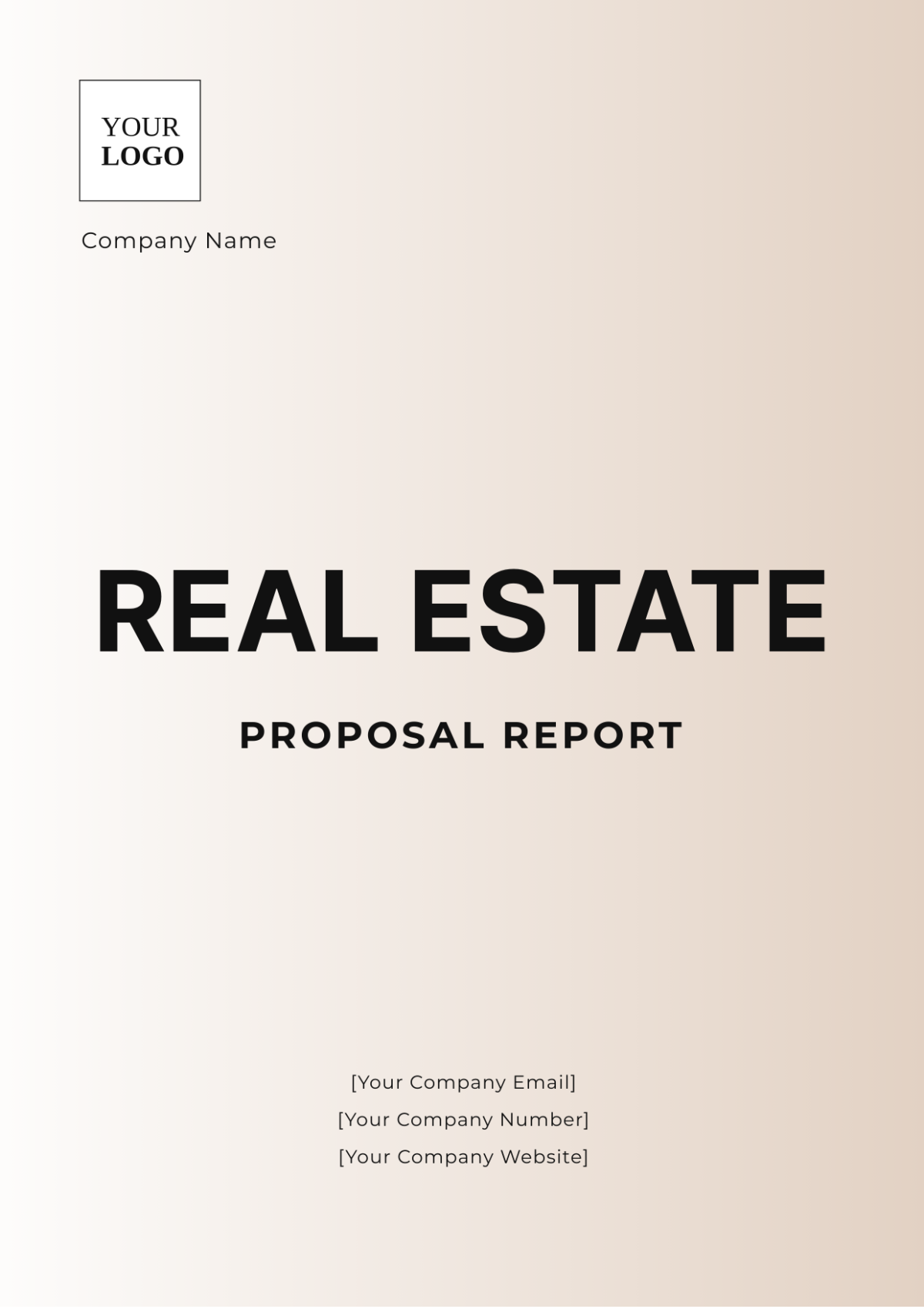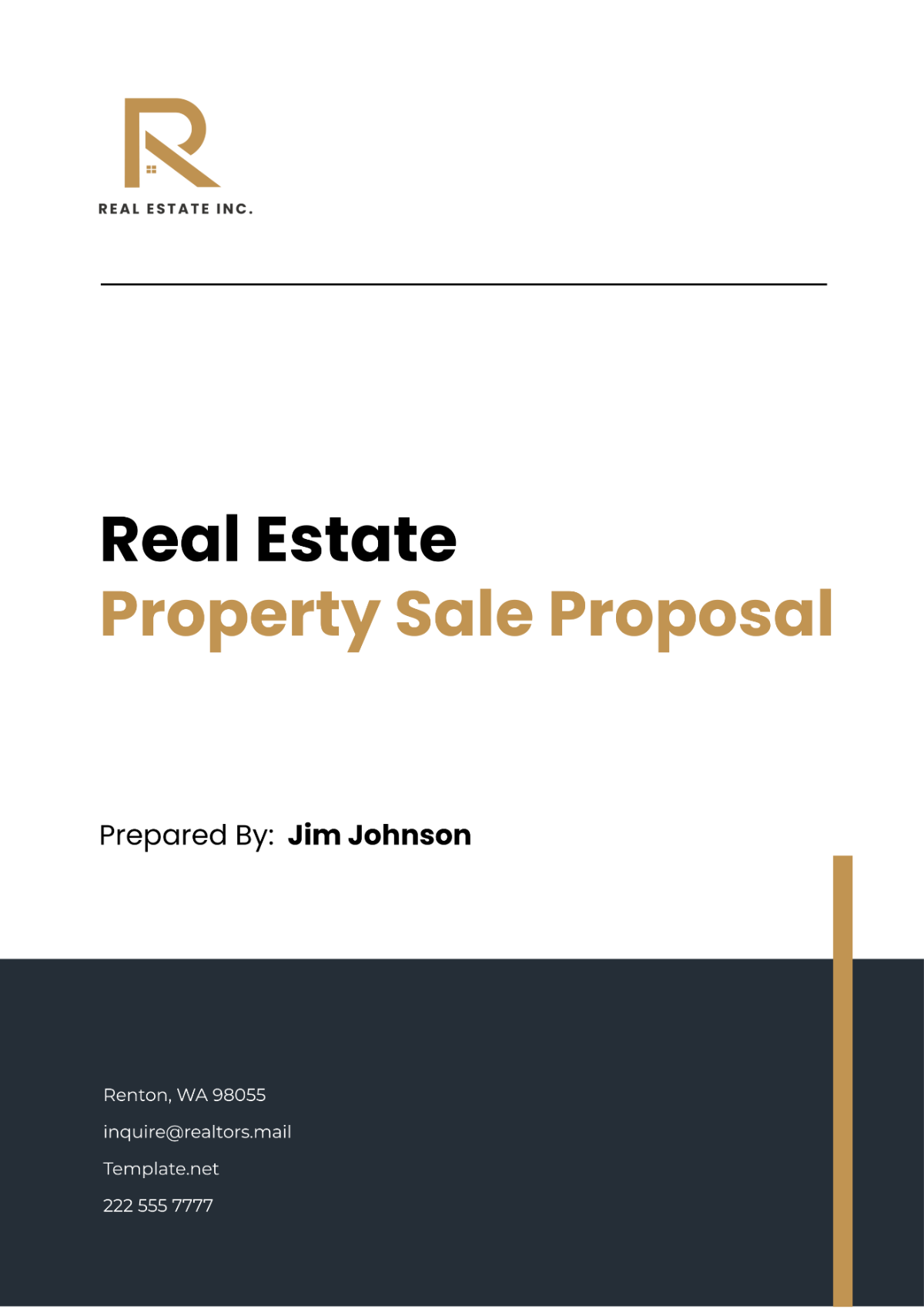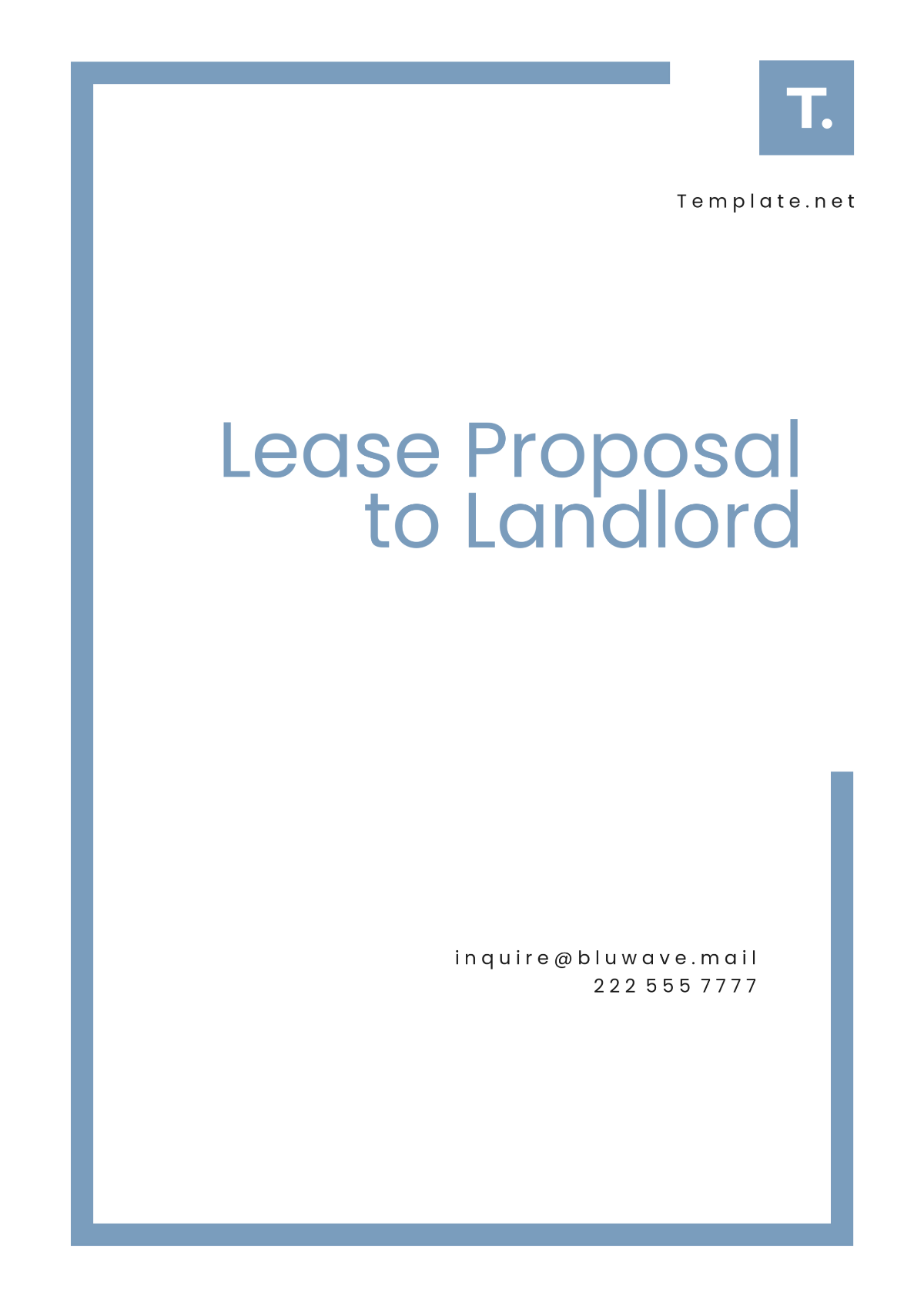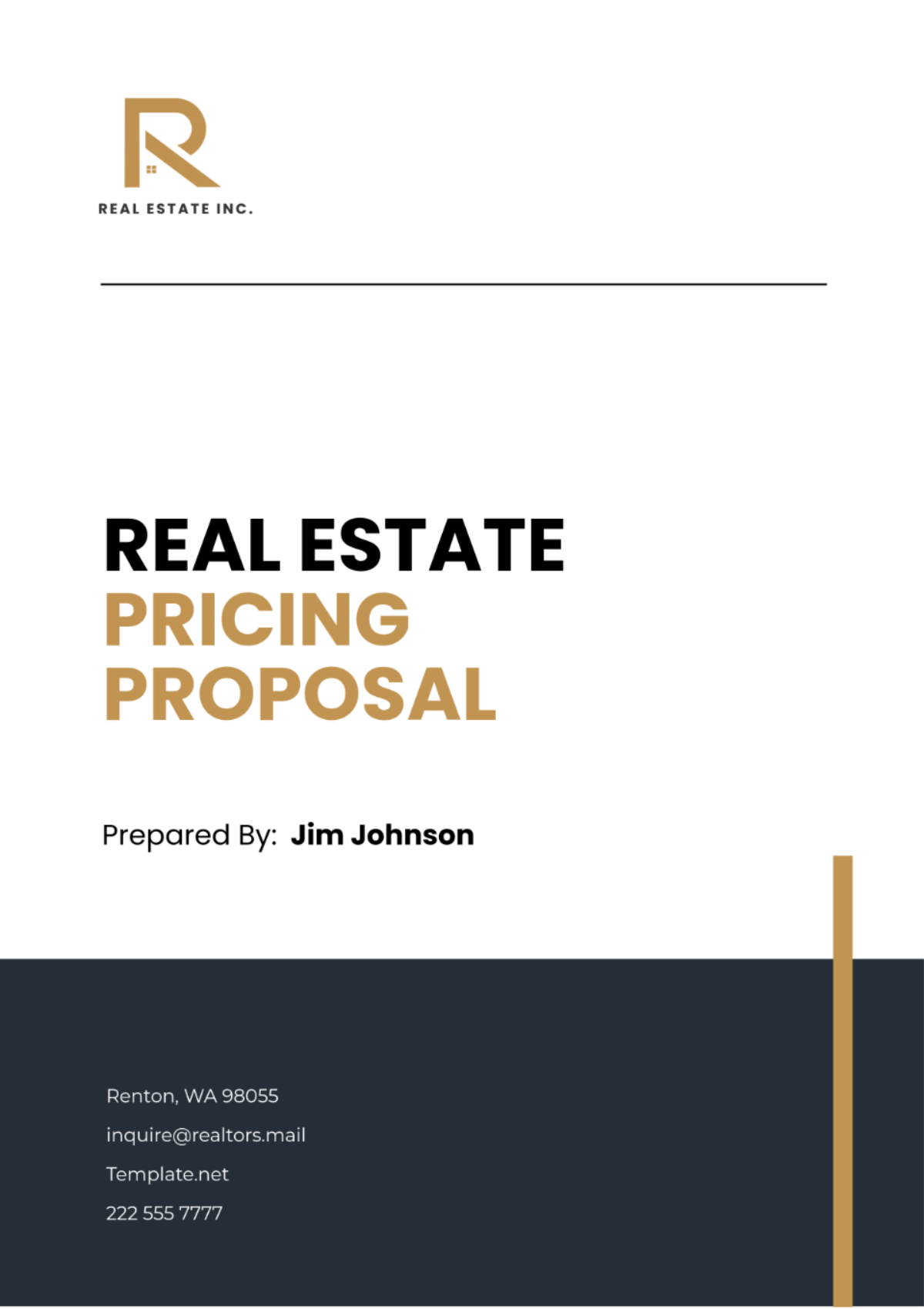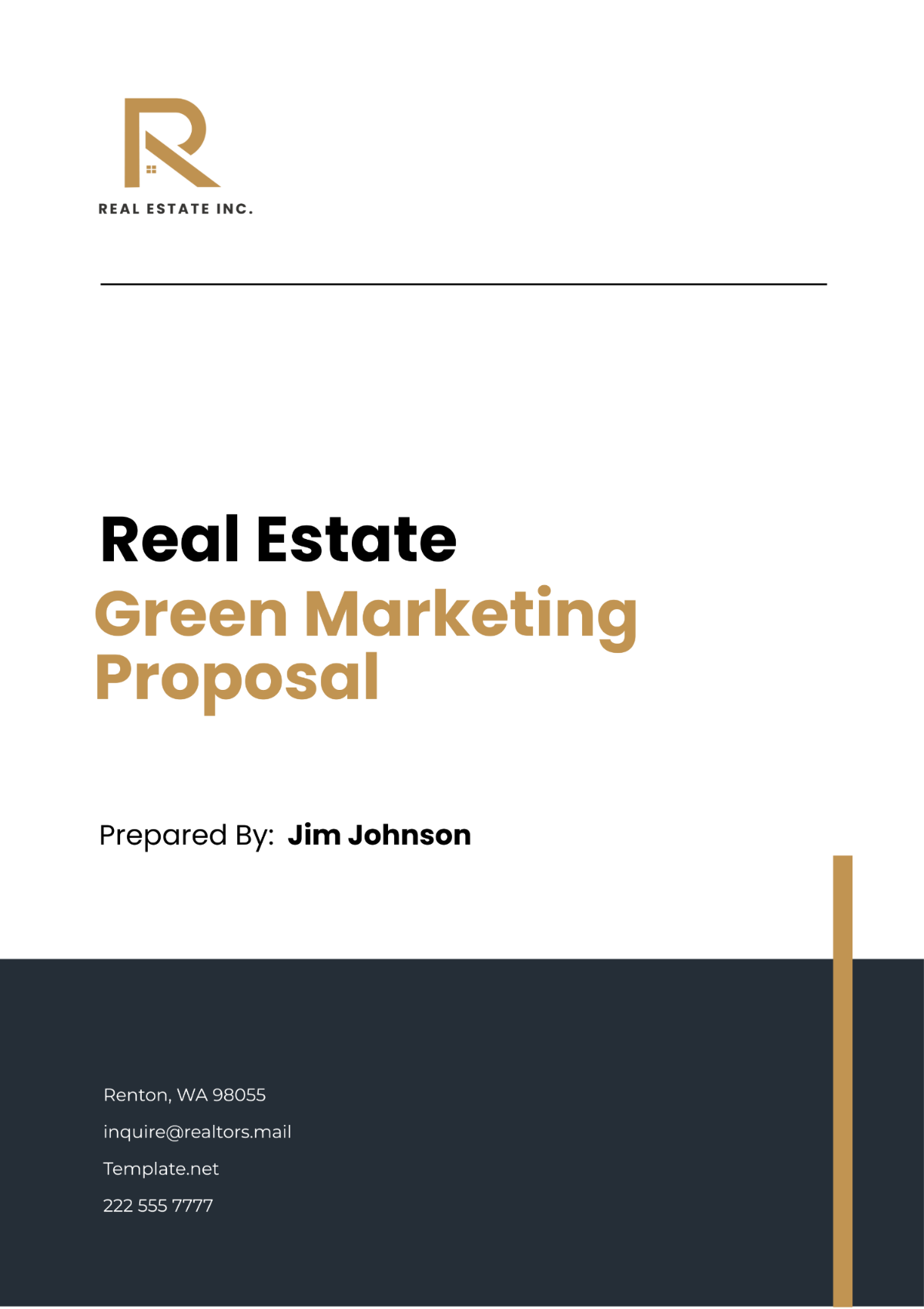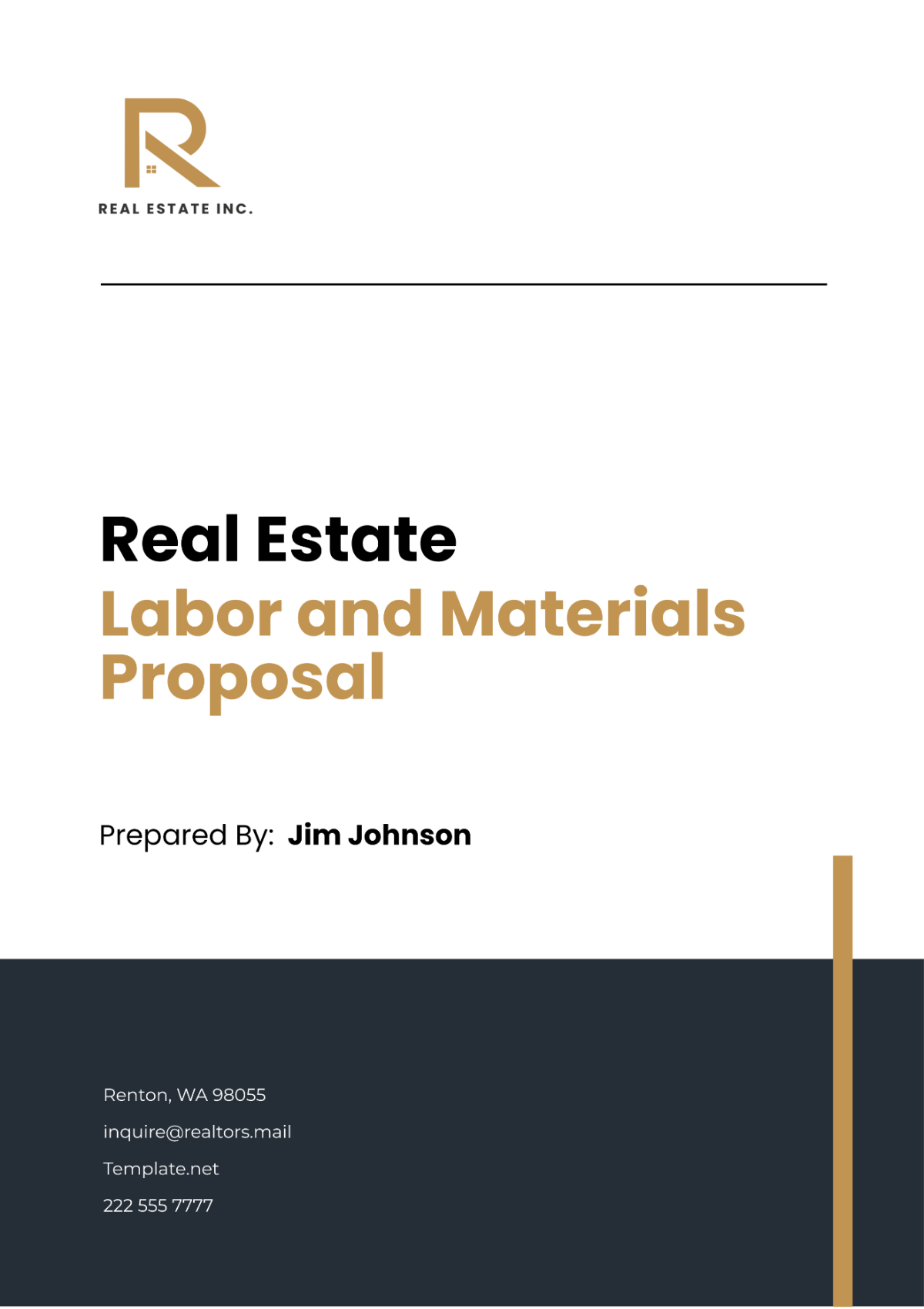Free Real Estate Property Development Proposal
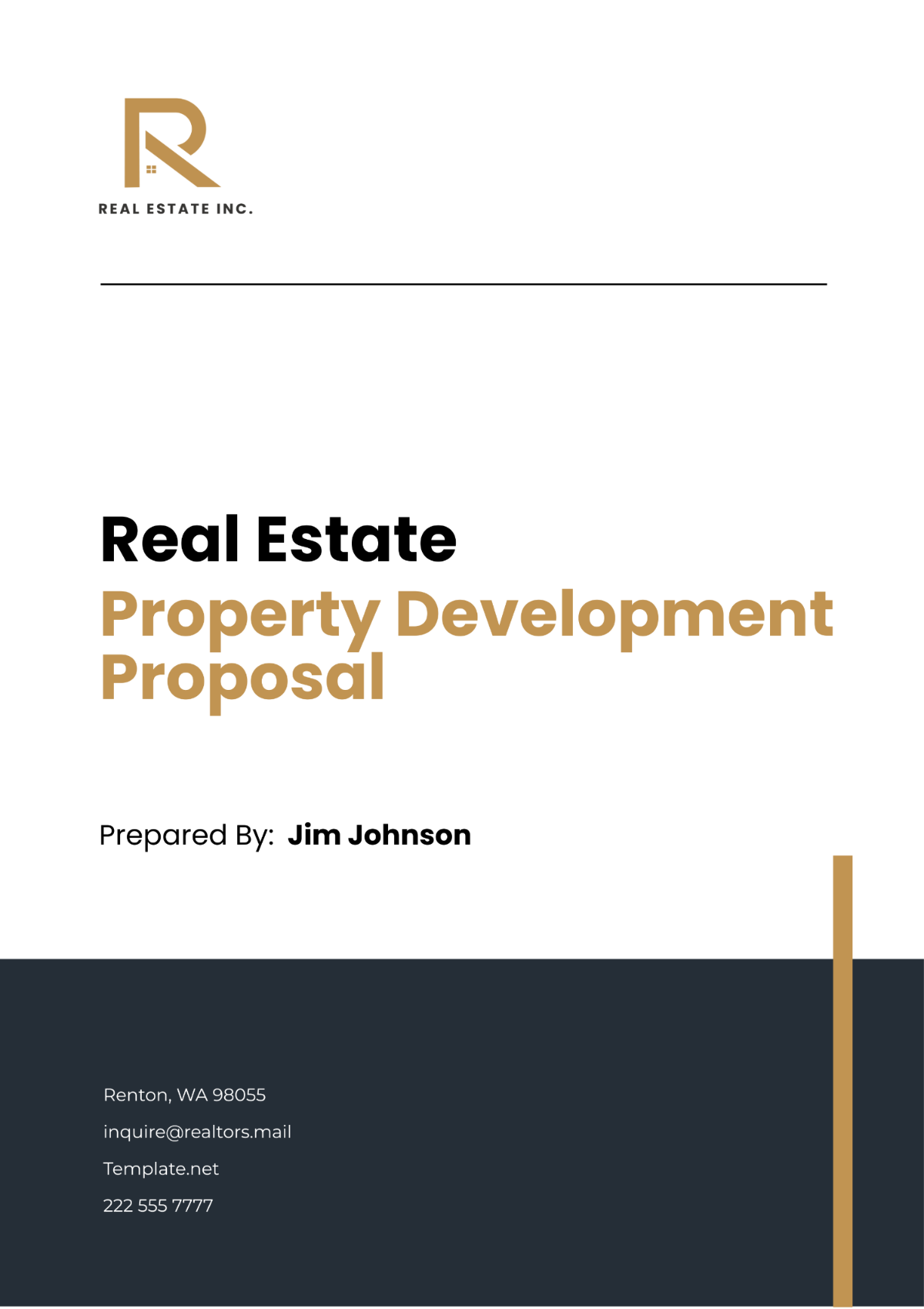
- 100% Customizable, free editor
- Access 1 Million+ Templates, photo’s & graphics
- Download or share as a template
- Click and replace photos, graphics, text, backgrounds
- Resize, crop, AI write & more
- Access advanced editor
Present your proposals professionally with our editable Real Estate Property Development Proposal Template! This customizable template, only available here on Template.net, provides a clear structure for development proposals in just a few easy clicks. With our advanced AI Editor Tool, you can easily adapt the template to your specific needs!
You may also like
- Business Proposal
- Research Proposal
- Proposal Request
- Project Proposal
- Grant Proposal
- Photography Proposal
- Job Proposal
- Budget Proposal
- Marketing Proposal
- Branding Proposal
- Advertising Proposal
- Sales Proposal
- Startup Proposal
- Event Proposal
- Creative Proposal
- Restaurant Proposal
- Blank Proposal
- One Page Proposal
- Proposal Report
- IT Proposal
- Non Profit Proposal
- Training Proposal
- Construction Proposal
- School Proposal
- Cleaning Proposal
- Contract Proposal
- HR Proposal
- Travel Agency Proposal
- Small Business Proposal
- Investment Proposal
- Bid Proposal
- Retail Business Proposal
- Sponsorship Proposal
- Academic Proposal
- Partnership Proposal
- Work Proposal
- Agency Proposal
- University Proposal
- Accounting Proposal
- Real Estate Proposal
- Hotel Proposal
- Product Proposal
- Advertising Agency Proposal
- Development Proposal
- Loan Proposal
- Website Proposal
- Nursing Home Proposal
- Financial Proposal
- Salon Proposal
- Freelancer Proposal
- Funding Proposal
- Work from Home Proposal
- Company Proposal
- Consulting Proposal
- Educational Proposal
- Construction Bid Proposal
- Interior Design Proposal
- New Product Proposal
- Sports Proposal
- Corporate Proposal
- Food Proposal
- Property Proposal
- Maintenance Proposal
- Purchase Proposal
- Rental Proposal
- Recruitment Proposal
- Social Media Proposal
- Travel Proposal
- Trip Proposal
- Software Proposal
- Conference Proposal
- Graphic Design Proposal
- Law Firm Proposal
- Medical Proposal
- Music Proposal
- Pricing Proposal
- SEO Proposal
- Strategy Proposal
- Technical Proposal
- Coaching Proposal
- Ecommerce Proposal
- Fundraising Proposal
- Landscaping Proposal
- Charity Proposal
- Contractor Proposal
- Exhibition Proposal
- Art Proposal
- Mobile Proposal
- Equipment Proposal
- Student Proposal
- Engineering Proposal
- Business Proposal
Real Estate Property Development Proposal
I. Executive Summary
The focused areas of our proposal include real estate acquisition, planning, and developing a sustainable property development model. Our comprehensive strategic vision addresses current industry trends, market demands, regulatory environment, and requisites for successful property development.
This proposal aims to outline a clear and strategic path towards achieving these goals, thereby contributing to the growth and success of [Your Company Name]. It presents a unique opportunity for investors and partners to participate in a well-planned and potentially lucrative property development project.
The proposal is backed by the company's extensive experience and expertise in the real estate industry. With a strong track record of successful property development projects, [Your Company Name] is well-positioned to execute this project successfully and deliver substantial returns for all stakeholders.
II. Objective
The objective of this proposal is threefold. Each objective is crucial to the success of our property development project:
A. Acquisition of Suitable Properties
The first objective is to identify and acquire properties that offer significant potential for development. This involves a thorough evaluation of various properties based on factors such as location, size, price, and development potential The goal is to select properties that align with our strategic vision and offer a high return on investment.
B. Designing an Efficient Property Development Model
The second objective is to design an efficient property development model. This involves planning the development process in a way that maximizes efficiency, minimizes costs, and ensures high-quality results. The model will cover all stages of the development process, from initial planning and design to construction and marketing.
C. Nurturing Relationships with Investors and Partners
The third objective is to nurture relationships with investors and partners. This involves establishing and maintaining strong relationships with individuals and organizations that can contribute to the success of our property development projects. This includes investors who provide funding, partners who offer expertise and resources, and stakeholders who have an interest in the project.
III. Scope
The scope of this proposal focuses on developing residential properties in [Region]. This region has been identified based on thorough market research and analysis, taking into account factors such as demand and supply trends, property values, and future growth prospects. The scope of the project includes:
A. Property Type
Residential Focus: The project will focus on residential properties. This includes single-family homes, apartments, condominiums, and townhouses. The specific type of property will depend on market demand, property values, and other relevant factors.
Versatility: The versatility in property types allows [Your Company Name] to cater to a wide range of market segments, thereby maximizing potential returns.
Market Alignment: The choice of property type will be aligned with market demands and trends, ensuring the relevance and marketability of the developed properties.
B. Location
Strategic Location: The properties will be located in [Region]. This region was selected due to its strong demand for residential properties, high property values, and positive growth prospects.
Accessibility: The chosen location offers excellent accessibility, with close proximity to major transport links, amenities, and services. This enhances the attractiveness of the properties to potential buyers or tenants.
Future Growth: The location is also poised for future growth, with several development projects and initiatives planned in the region. This presents an opportunity for property value appreciation, offering potential for higher returns.
C. Development Process
Comprehensive Approach: The development process will cover all stages of property development, from initial planning and design to construction and marketing. This includes obtaining necessary permits, hiring contractors, overseeing construction, and marketing the properties to potential buyers.
Quality Assurance: [Your Company Name] is committed to ensuring the highest standards of quality at every stage of the development process. This commitment to quality will enhance the value and appeal of the developed properties.
Sustainability: The development process will also incorporate sustainability considerations, with a focus on energy efficiency, environmental friendliness, and sustainable materials. This aligns with [Your Company Name]'s commitment to sustainability and social responsibility.
IV. Methodology
The methodology outlines the key steps and strategies in our property development process:
A. Market Analysis
In-depth Research: Conduct a thorough analysis of the real estate market to identify trends, opportunities, and challenges. This will inform our property acquisition and development strategies. The market analysis will cover factors such as property prices, demand and supply trends, and future growth prospects.
Data-Driven Decisions: The insights gained from the market analysis will guide our decision-making process, ensuring that our strategies are data-driven and aligned with market realities.
Continuous Monitoring: The market analysis is not a one-time activity, but a continuous process. [Your Company Name] will continuously monitor the market to stay updated with the latest trends and developments.
B. Regulatory Compliance
Understanding Regulations: Ensure compliance with all relevant regulations and standards in the property development process. This includes zoning laws, building codes, environmental regulations, and more. Compliance with these regulations is crucial to avoid legal issues and ensure the success of the project.
Engaging Experts: [Your Company Name] will engage legal experts and consultants to ensure full compliance with all regulations. This will ensure that all aspects of the development process are legally sound and compliant.
Building Trust: By ensuring regulatory compliance, [Your Company Name] also builds trust with stakeholders, including investors, partners, and customers. This enhances our reputation and contributes to the success of our projects.
C. Acquiring Properties and Developments
Property Evaluation: Identify and acquire suitable properties for development. This involves assessing potential properties based on factors such as location, size, price, and development potential. The goal is to acquire properties that align with our strategic vision and offer a high return on investment.
Negotiation: [Your Company Name] will leverage its negotiation skills and market knowledge to secure the best possible terms in property acquisition deals. This will ensure that we acquire properties at competitive prices, maximizing our return on investment.
Due Diligence: Before finalizing any property acquisition, [Your Company Name] will conduct thorough due diligence. This includes verifying property titles, checking for any legal issues, and conducting a thorough inspection of the property.
V. Timeline
The timeline is a crucial part of the property development proposal as it provides a clear schedule of the key activities in the property development process. The following table outlines the proposed timeline for the project:
Activity | Timeframe |
|---|---|
Market Analysis | January - February 2052 |
Regulatory Compliance | March - April 2052 |
Property Acquisition | May - July 2052 |
Property Development | August 2052 - February 2053 |
Marketing and Sales | March - June 2053 |
A. Market Analysis
The initial phase of the project involves conducting a thorough market analysis. This will provide valuable insights into the real estate market, including trends, demand and supply dynamics, and property prices. These insights will inform our property acquisition and development strategies.
B. Regulatory Compliance
Ensuring regulatory compliance is a critical aspect of the property development process. During this phase, we will work on understanding and complying with all relevant regulations and standards, including zoning laws, building codes, and environmental regulations.
C. Property Acquisition
Once we have a clear understanding of the market and regulatory landscape, we will move on to the property acquisition phase. This involves identifying and acquiring suitable properties for development.
D. Property Development
After acquiring the properties, we will begin the development process. This includes planning, design, construction, and quality assurance.
E. Marketing and Sales
Once the properties are developed, we will move on to the marketing and sales phase. This involves creating and implementing effective marketing strategies to attract potential buyers and achieve optimal sales results.
The timeline provides a clear roadmap for the project, ensuring that all activities are planned and executed in an organized and timely manner. It also helps in setting realistic expectations for all stakeholders, including investors, partners, and regulatory authorities.
In a nutshell, this timeline is not just a schedule of activities but a strategic tool that contributes to the successful execution of the property development project. By adhering to the timeline, [Your Company Name] can ensure that the project is completed on time and within budget, thereby maximizing returns for investors and contributing to the company’s growth and success.
VI. Budget
The budget is a critical component of the property development proposal. It provides an estimate of the costs associated with each phase of the property development process. This helps in planning resources, setting financial expectations, and monitoring expenditure. The following chart and table outline the proposed budget for the project:
Category | Amount |
|---|---|
Market Analysis | $50,000 |
Regulatory Compliance | $20,000 |
Property Acquisition | $2,000,000 |
Property Development | $500,000 |
Marketing and Sales | $100,000 |
Total | $2,670,000 |
A. Market Analysis
The market analysis phase involves conducting a thorough analysis of the real estate market. This includes researching property prices, demand and supply trends, and future growth prospects. The cost associated with this phase covers expenses such as data acquisition, research tools, and analyst salaries.
B. Regulatory Compliance
Ensuring regulatory compliance is a critical aspect of the property development process. This involves understanding and complying with all relevant regulations and standards, including zoning laws, building codes, and environmental regulations. The cost associated with this phase covers expenses such as legal consultation fees, permit application fees, and compliance audit costs.
C. Property Acquisition
Property acquisition is one of the most significant expenses in the property development process. This involves purchasing suitable properties for development. The cost associated with this phase is the purchase price of the properties.
D. Property Development
Once the properties are acquired, they need to be developed. This involves planning, design, construction, and quality assurance. The cost associated with this phase covers expenses such as construction materials, labor costs, architect fees, and quality assurance costs.
E. Marketing and Sales
After the properties are developed, they need to be marketed and sold. This involves creating and implementing effective marketing strategies and managing the sales process. The cost associated with this phase covers expenses such as marketing materials, advertising costs, and sales commission.
Overall, the budget is not just an estimate of costs but a strategic tool that contributes to the successful execution of the property development project. By adhering to the budget, [Your Company Name] can ensure that the project is completed within the estimated cost, thereby maximizing returns for investors and contributing to the company’s financial stability and growth.
VII. Benefits and Impact
The proposed property development project offers numerous benefits and has a significant impact on various stakeholders.
A. Benefits
The benefits of the project include:
Financial Returns: Investors can expect substantial financial returns. This is due to the strategic location of the properties, the efficient property development model, and the strong demand for residential properties in the region.
Employment Opportunities: Job creation during the construction and sales phases will contribute to the local economy and provide jobs for local residents.
Housing Supply: By contributing to the housing supply in the region, the project will help meet the demand for residential properties. This is particularly important in regions where housing demand outstrips supply.
Community Development: High-quality housing options provided by the project will contribute to the development of the local community. This can enhance the quality of life for residents and attract more people to the area.
Economic Growth: Economic activity will increase in the region through job creation and increased economic activity. This can lead to a rise in local property values and enhance the overall economic health of the region.
Infrastructure Development: Improvements in local infrastructure, such as roads and utilities, may result from the project. This can make the area more attractive to potential residents and businesses.
Environmental Sustainability: Sustainable design and construction practices will be incorporated into the project, contributing to environmental sustainability. This aligns with [Your Company Name]'s commitment to sustainability and social responsibility.
Enhanced Reputation: Successful execution of the project will enhance the reputation of [Your Company Name] in the real estate industry. This can lead to more opportunities for future projects and partnerships.
B. Impact
The impact of the project includes:
Local Economy: Economic health of the region will be enhanced through job creation and increased economic activity.
Real Estate Market: The local real estate market will be influenced by the project, potentially leading to increased property values in the area. This can benefit other property owners in the area and attract more investors to the region.
Community: Local community will see new housing options and potentially improved local infrastructure. This can enhance the quality of life for residents and attract more people to the area.
Environment: Efforts will be made to minimize the environmental impact through sustainable design and construction practices. This can contribute to the preservation of natural resources and the reduction of carbon emissions.
Investors: Substantial returns will be provided for investors, positively impacting their financial status. This can enhance investor confidence and attract more investment in future projects.
VIII. Risks and Mitigation
Like any property development project, this project also comes with certain risks. However, [Your Company Name] has identified these risks and proposed mitigation strategies to manage them effectively.
A. Risks
The potential risks associated with the project include:
Market Risk: Fluctuations in the real estate market could impact the profitability of the project. For example, a sudden drop in property values could reduce the potential return on investment.
Regulatory Risk: Changes in regulations could affect the project timeline and costs. For instance, new building codes or zoning laws could require changes to the development plan, leading to delays or increased costs.
Construction Risk: Delays or cost overruns in the construction phase could impact the project. This could be due to factors such as labor shortages, material price increases, or unforeseen construction challenges.
Financial Risk: Changes in interest rates or other financial factors could affect the project’s financial viability. For example, a rise in interest rates could increase the cost of financing the project.
Environmental Risk: Unforeseen environmental issues could arise during the construction phase. This could include the discovery of contaminated soil or protected wildlife habitats on the property.
B. Mitigation
To mitigate these risks, the following strategies are proposed:
Market Analysis: Regular market analysis will be conducted to stay updated with market trends and adjust strategies accordingly. This can help mitigate market risk by allowing [Your Company Name] to anticipate market fluctuations and adjust our strategies accordingly.
Regulatory Compliance: A dedicated team will ensure compliance with all regulations and stay updated with any changes. This can help mitigate regulatory risk by ensuring that the project is always in compliance with the latest regulations.
Project Management: Effective project management practices will be employed to manage the construction phase efficiently. This can help mitigate construction risk by ensuring that the project stays on schedule and within budget.
Financial Management: Sound financial management practices will be used to manage financial risks. This includes careful budgeting, securing favorable financing terms, and maintaining a contingency fund for unexpected expenses.
Environmental Assessment: An environmental assessment will be conducted before the construction phase to identify potential environmental issues. This can help mitigate environmental risk by allowing [Your Company Name] to address environmental issues before they become problematic.
IX. Conclusion
In conclusion, this proposal presents a comprehensive plan for a property development project in [Region]. It covers all aspects of the project, from property acquisition and development to marketing and sales. The proposal also outlines the potential benefits and impact of the project, as well as the risks and mitigation strategies.
We invite your active participation in this thoughtfully designed property development proposal which promises substantial returns and positive social impact. By investing in this project, we will be contributing to the development of [Region], while also achieving significant financial returns.

